What would you guess is the most popular gem on The Jewelry Loupe? Diamond, emerald, sapphire? Nope. Opal, according to my blog stats. Could it be I’m stacking the deck? It’s possible. Opal is the birthstone of October babies, which makes it my birthstone. But I love opal for its magical beauty, its mystery, how it transforms in different light. I love how unpredictable it is. No two opals are ever the same.
I was out west over the weekend and bought myself some opal inlay jewelry made on the Zuni reservation. Opal inlay is not what the Zuni and Navajo were originally known for, given most precious opal hails from South Australia, not the Southwest U.S. But skilled lapidaries from those tribes long ago mastered the tricky art of cutting and setting this fragile, glass-like stone.
The Wild West does have its opal moments, like this phenomenal 117-carat crystal opal from Oregon. A reader sent me this photo of his prize opal a year ago, looking for suggestions on where to have it set.

Having just spent several hours driving and hiking through the canyons and quirky-majestic rock formations of Nevada, Utah and Arizona, it seems fitting that this particular opal originated out West. Is it just me or is there a resemblance?

When I first saw that Oregon opal, however, its botryoidal agate inclusions made me think of snorkeling in the ocean.
Speaking of the sea, here’s one of the more unusual opal treasures auctioned off at Bonhams & Butterfields four years ago: the Deep Blue Sea Hat, a concoction of feathers, hand-blocked wool felt, and 26 opals weighing 1,447 carats.
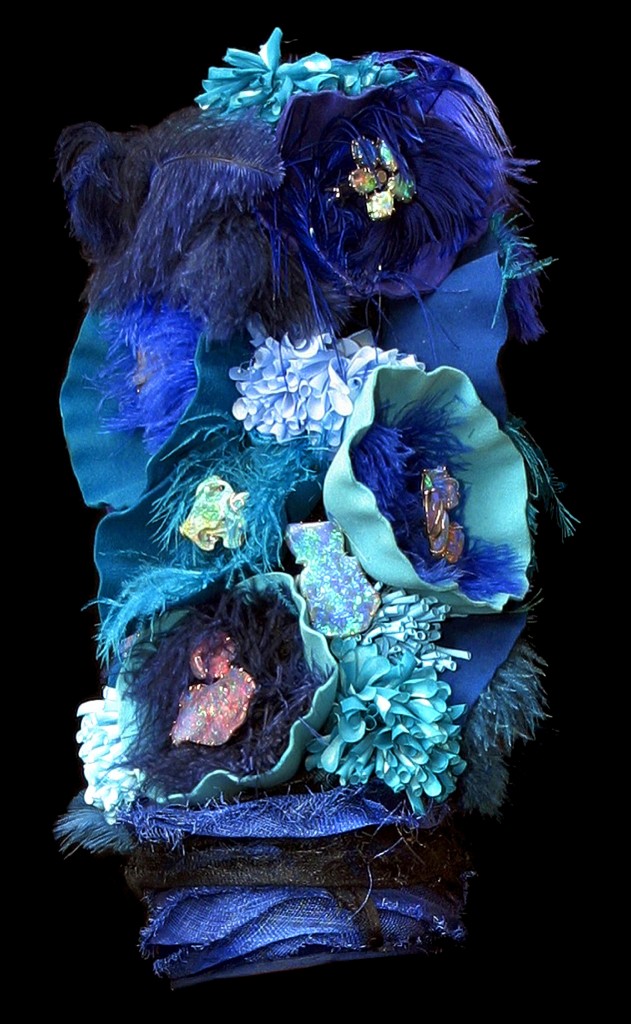
Inspired by the undersea life of Australia’s Great Barrier Reef, Australian milliner Ann Maree Willett used opals mined at Lightning Ridge and carved by Daniela L’Abbate and Christine Roussel and set by Gerd Gerold Schulz with 320 grams of sterling silver and 18-karat gold. “Never before have so many precious opals, of such size, been assembled into a single item of couture,” said Claudia Florian G.J.G., who curated the auction.
A few of the other unique jewels I featured here from that sale…
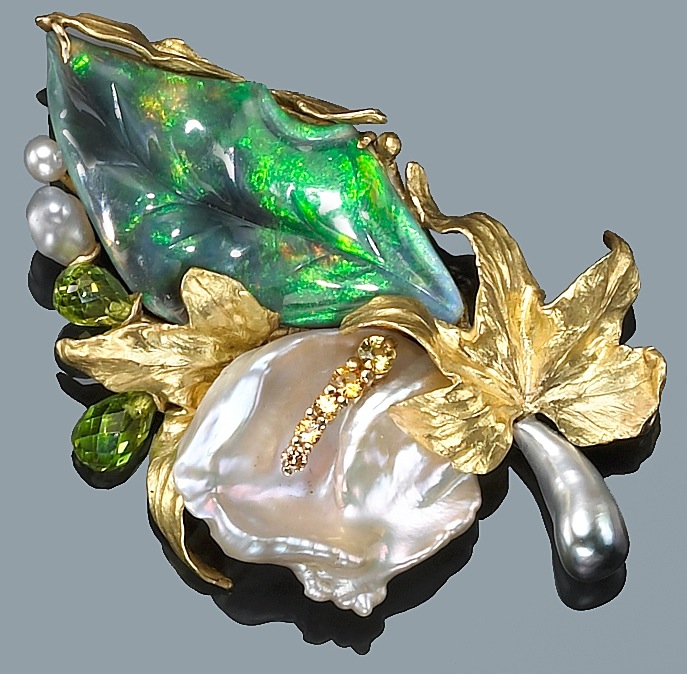
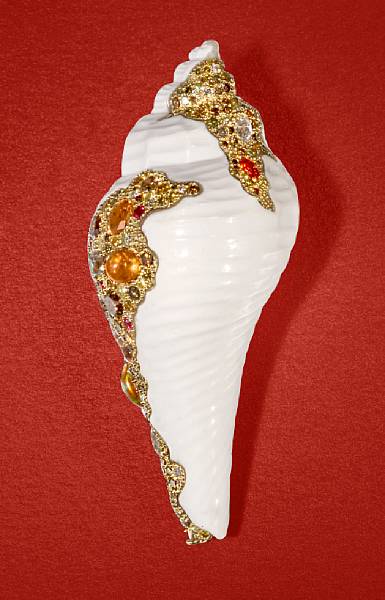
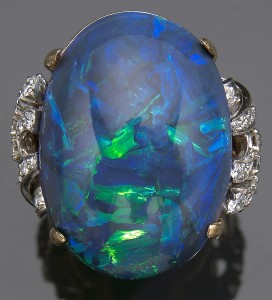
If you look at the most popular (and pinned) opal jewels on this blog, you’ll notice they trace the evolution of wearable opal over the past 150 years. A few favorites, traveling backwards in time from a necklace designed by Carolyn Tyler, an American expat designer based in Bali…
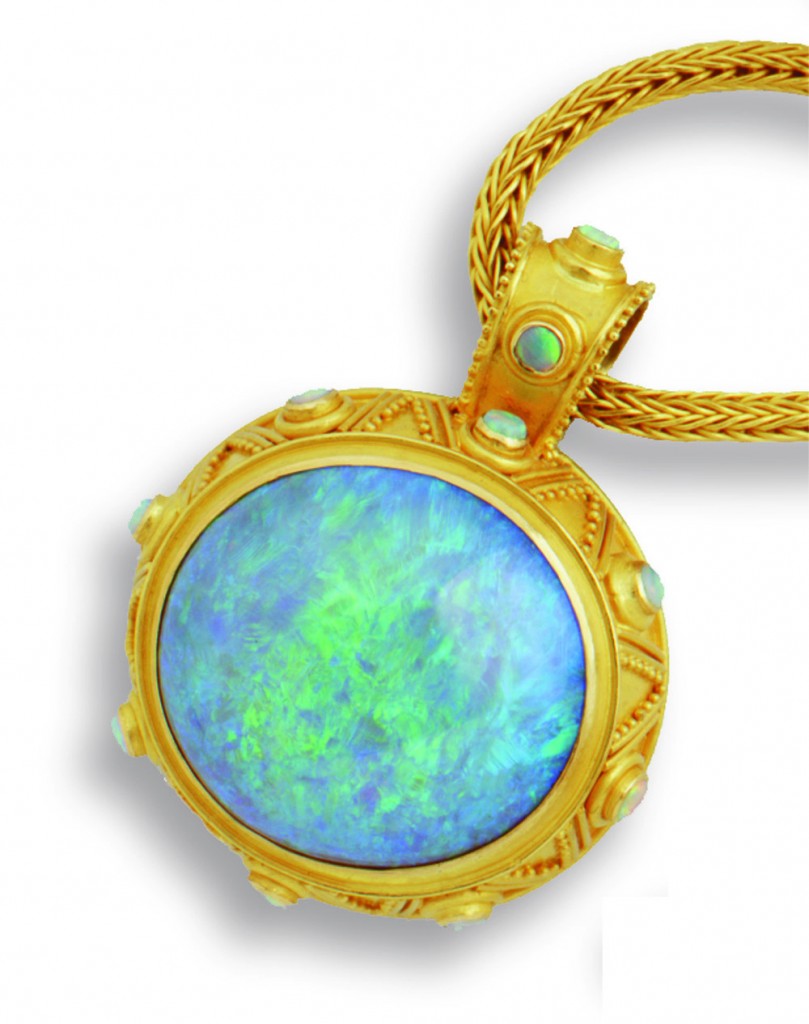
This famous stickpin by René Lalique with wasps swarming a juicy chunk of candy-like opal helped make him a household name after it was displayed at the famous Paris Exposition of 1900, one of the most famous world fairs of all time:
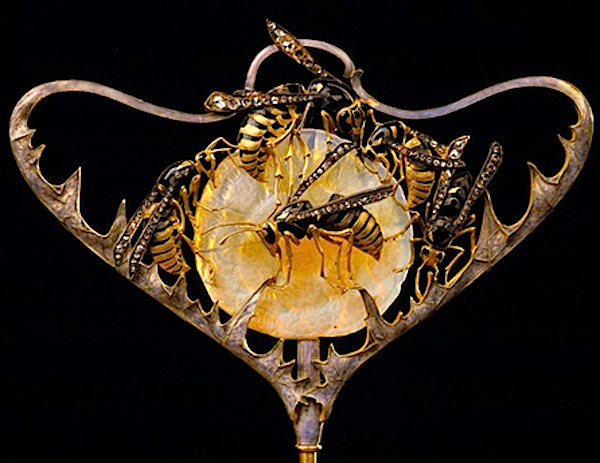
Similar era and ilk, though not from the house of Lalique, this Art Nouveau necklace was auctioned off at Skinner in Boston in March. No wasps. This time it’s serpents that are trying to eat these juicy black opals:
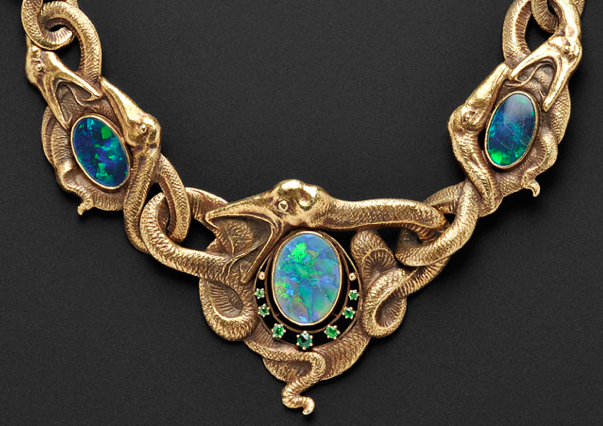
Finally, this brooch, on display in Gilded New York at the Museum of the City of New York, takes us all the way back to 1885, a few years before the Art Nouveau style launched. It’s more of a sévigné (bow brooch), Georgian-style, French Court spin on opals:
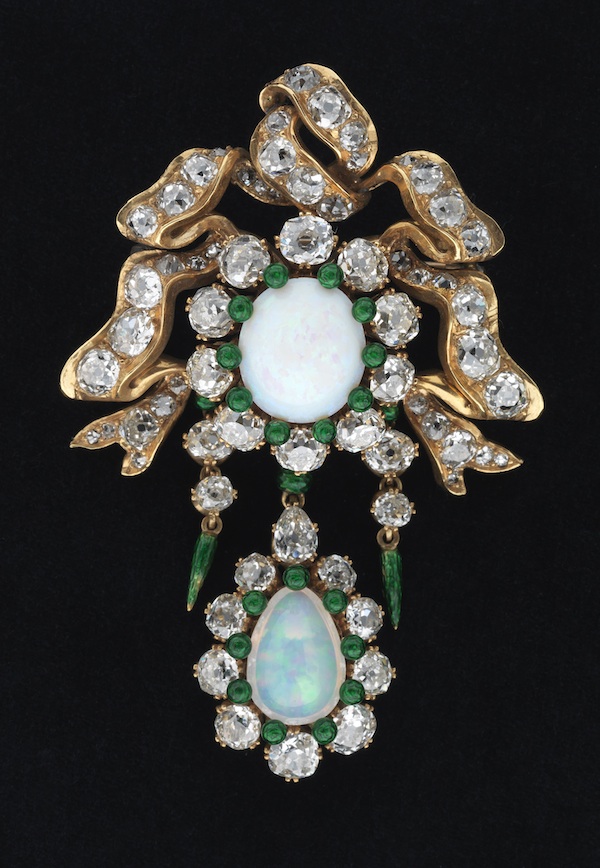
Yup, I think I’m stacking the deck. Tell me you’re not hankering for some opal now.
Related posts:
Carolyn Tyler: reinventing a life in Bali (opal jewelry)
René Lalique: ultimate art jeweler
I’ll take Manhattan: Gilded New York, then and now
Related products:
Note: Buying through these links provides a small commission toward maintenance of this site.

